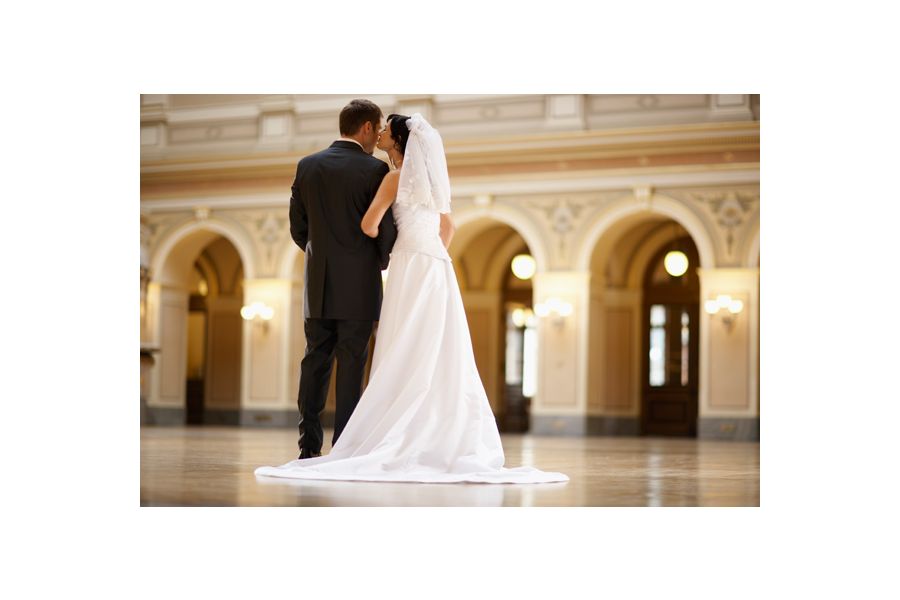Traditional Touches for the Wedding Ceremony

Whether by the book or respectfully tweaked to suit your unique values and style, religious or cultural ceremony rituals are a great way to add personality, meaning, and,, yes, even fun to your nuptials.
“These days weddings are becoming more and more secular,” says Jamie Miles, an editor for TheKnot. “A secular wedding allows couples to write the rules they feel best fit their relationship and future together – much like writing their own vows or incorporating unique music into the ceremony.”
Read on for four emblematic rituals you can easily make your own.
Handfasting
“Working with couples of all faiths, traditions and paths, I see a lot when it comes to incorporating ritual into a contemporary ceremony,” says Annemarie Juhlian, a Seattle-based non-denominational wedding officiant. One of the more popular choices is a modified handfasting ritual: Originally a Pagan or Wiccan betrothal ritual dating back to the ancient Celts, the couple’s hands are bound together with a cord, ribbon or other meaningful wrap (your mom’s karate black belt!), often in the shape of an infinity symbol, to signify union and commitment. When Juhlian’s couples request this ritual, she creates text that reflects their path to marriage and intentions for the future, works with them to hand-make four beautiful cords, and often invites two loved ones to assist during the ceremony.
Circle Traditions
Many religions and cultures have ceremony traditions that include walking together in a circle (both Native Americans and Hindus have a Seven Steps rite around a sacred fire) or having the wedding party encircle the couple.
“Not only do these circle traditions hint at religious identity and custom, something many couples look to in building a life together, but they symbolically represent things like wholeness, union and eternity,” Miles says.
Make the ritual your own by circling a meaningful object or reciting your own vows with each step.
Unity Candle Lighting
Christian ceremonies often feature the lighting of a single unity candle with two tapers, signifying the union of two hearts and lives. To make it a little more unique and memorable, Juhlian likes variations, such as: the couple makes their own candles weeks beforehand and shares how/why the candles were made during their ceremony; all the guests light individual candles for a group blessing; or all the guests light wicks in very large candles upon arrival, and are then asked to silently send good thoughts, wishes or blessings to the couple to go with it.
Crowning
The crowning is the centerpiece of the Eastern Orthodox marriage ceremony. A priest places a crown (typically garland wreaths, orange blossoms, myrtle leaves, semiprecious stones and metals, or gold and crimson threads) first upon the head of the groom and then the bride – the two crowns are joined by a ribbon, symbolizing the couple’s unity, Miles says. Consider making your own from meaningful materials, placing them on each other, or asking your parents to participate.
© Brides 365